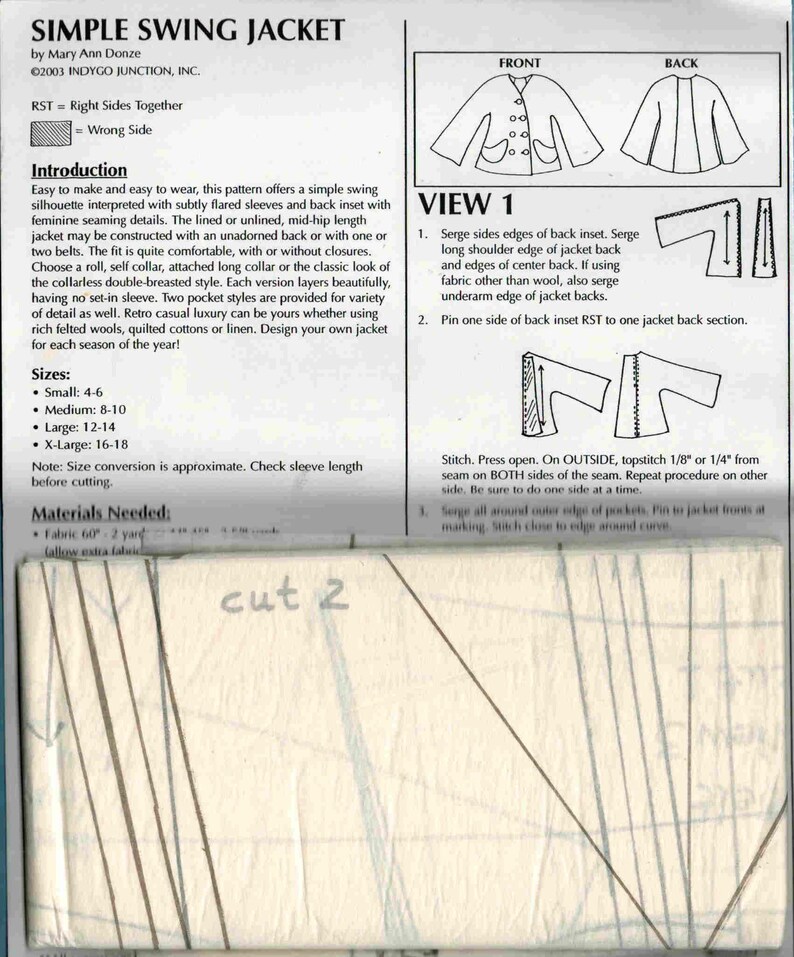

The diagnosis is often delayed leading to decreased survival. Optimal methods for the management of duodenal perforations remain controversial. Furthermore, iatrogenic duodenal perforations are becoming more common following the widespread use of endoscopic procedures, such as endoscopic retrograde cholangiopancreatography (ERCP). This may be related to increased use of non-steroidal anti-inflammatory drugs (NSAIDs) and to the aging population. However, peptic ulcer complications, including perforation, still remain a substantial healthcare problem.

This can partly be explained by the use of proton pump inhibitors (PPIs) and eradication treatment for Helicobacter pylori. The incidence of peptic ulcer disease has decreased in recent years. The first laparoscopic repair for a perforated duodenal ulcer was reported in 1990. Many perforations are repaired using an omental patch, a technique that was first described by Cellan-Jones in 1929 and was later modified by Graham in 1937. Surgery is still the mainstay of treatment for duodenal perforation. In 1894, Dean reported the first successful surgical closure of a perforated duodenal ulcer. The first description of a perforated duodenal ulcer was made in 1688 by Muralto and reported by Lenepneau. The mortality rate ranges from 8% to 25% in published studies. Here we review the current literature on duodenal perforations and discuss the outcomes of different treatment strategies.ĭuodenal perforation represents a rare but potentially life-threatening condition. Minimally invasive techniques are safe and effective alternatives to conventional open surgery in selected patients with duodenal perforations. Immediate surgery is required for patients presenting with peritonitis and/or intra-abdominal sepsis. Conservative management seems to be feasible in stable patients with sealed perforations. Specific treatment depends upon the nature of the disease process that caused the perforation, the timing, location and extent of the injury and the clinical condition of the patient. In some cases, surgical exploration may be necessary for diagnosis. Computed tomography with intravenous and oral contrast is the most valuable imaging technique to identify duodenal perforation. Multiple etiologies are associated with duodenal perforations such as peptic ulcer disease, iatrogenic causes and trauma. Duodenal perforation is a rare, but potentially life-threatening injury.


 0 kommentar(er)
0 kommentar(er)
